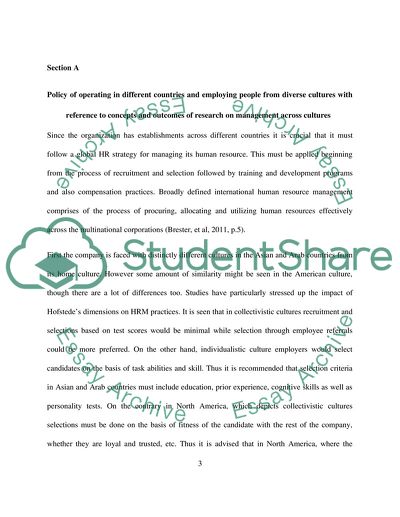Cite this document
(Cross-Cultural Management Department of HR Research Paper, n.d.)
Cross-Cultural Management Department of HR Research Paper. Retrieved from https://studentshare.org/human-resources/1769640-cross-cultural-management-department-of-hr
Cross-Cultural Management Department of HR Research Paper. Retrieved from https://studentshare.org/human-resources/1769640-cross-cultural-management-department-of-hr
(Cross-Cultural Management Department of HR Research Paper)
Cross-Cultural Management Department of HR Research Paper. https://studentshare.org/human-resources/1769640-cross-cultural-management-department-of-hr.
Cross-Cultural Management Department of HR Research Paper. https://studentshare.org/human-resources/1769640-cross-cultural-management-department-of-hr.
“Cross-Cultural Management Department of HR Research Paper”, n.d. https://studentshare.org/human-resources/1769640-cross-cultural-management-department-of-hr.


